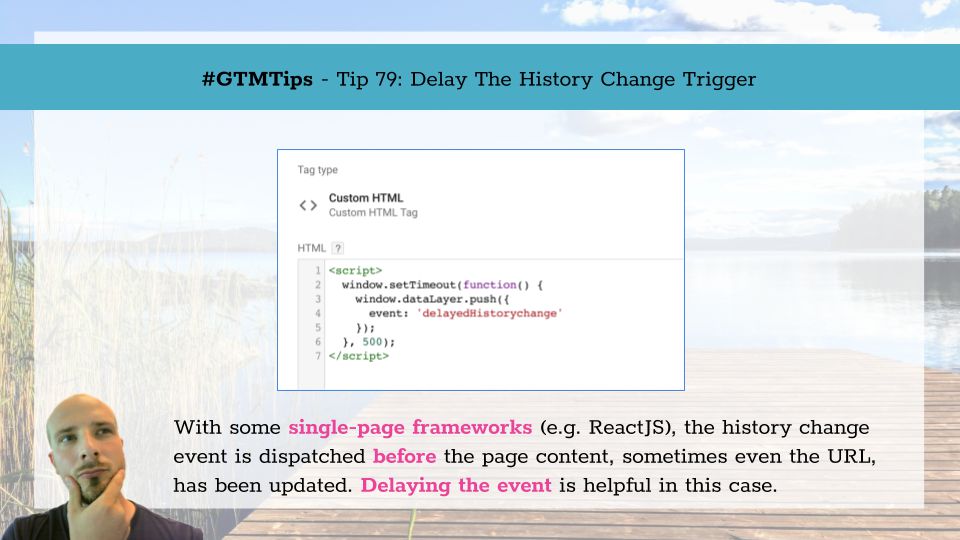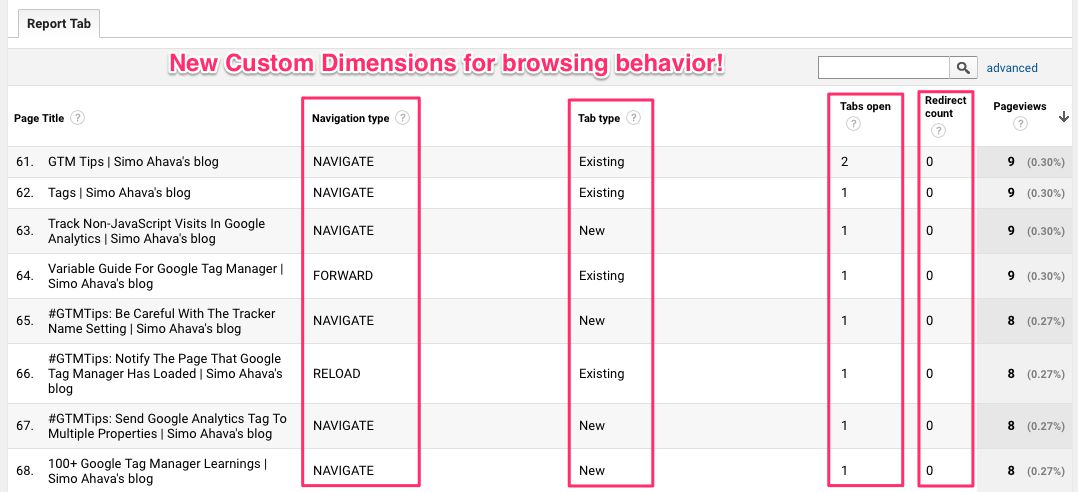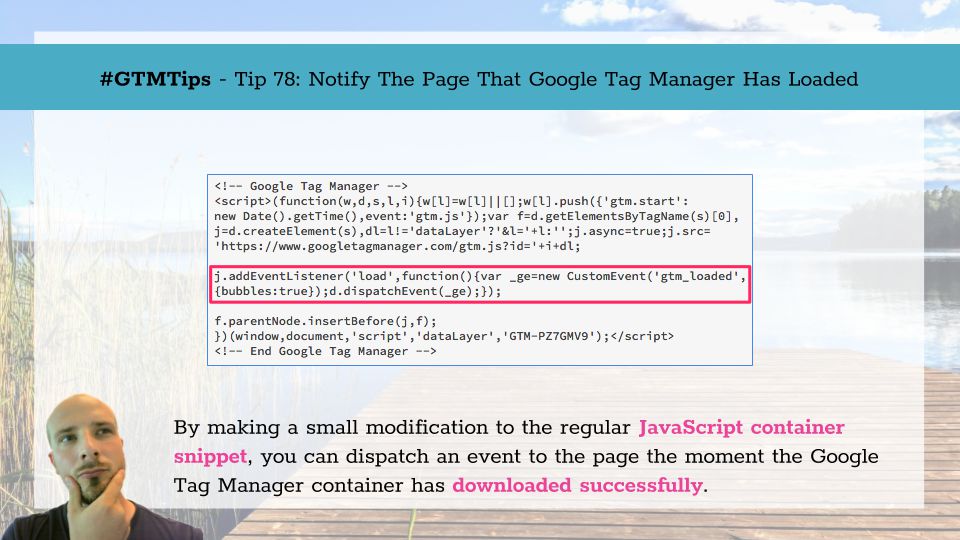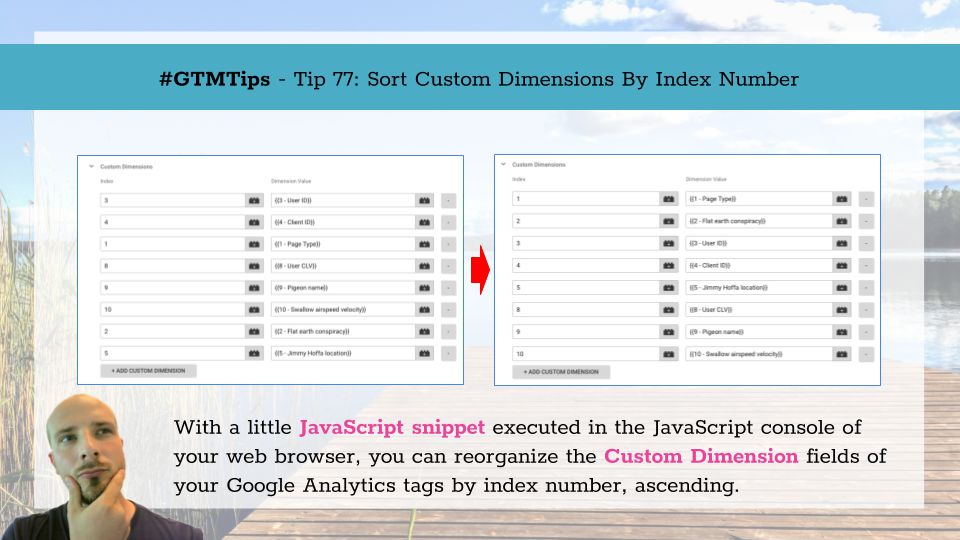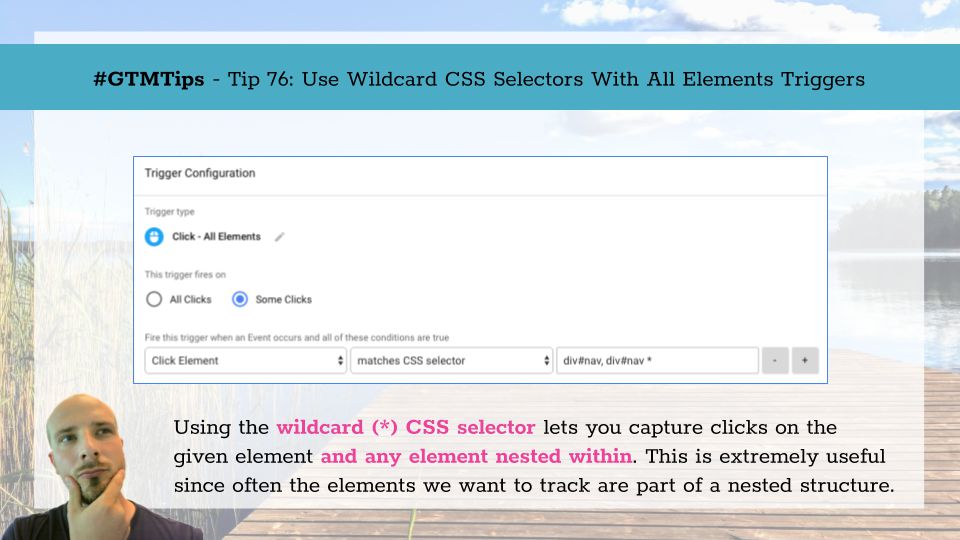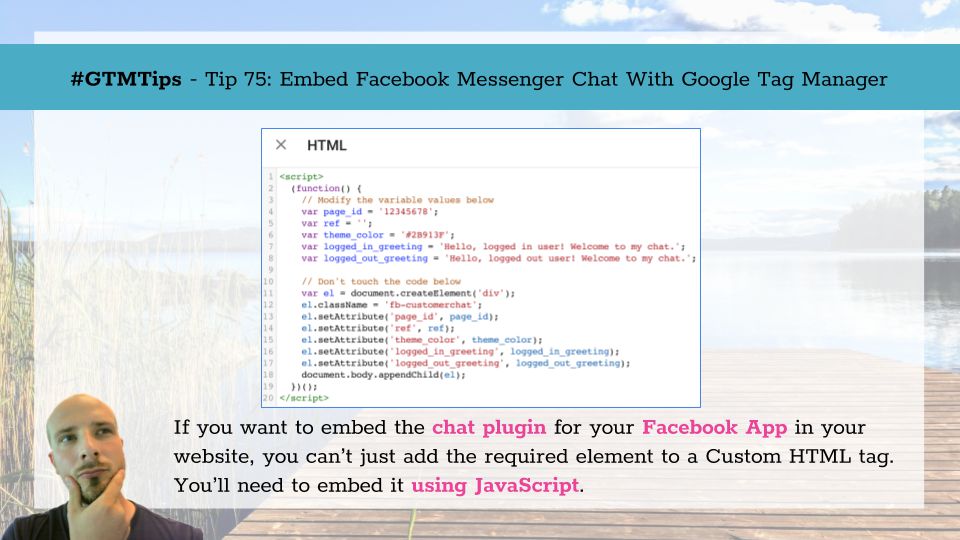When working with the analytics of single-page applications (SPA), there are a number of things to pay attention to. For example, you need to make sure that Google Analytics doesn’t break your session attribution, and that you are not inadvertently inflating your page speed timing metrics. Actually, there are so many “gotchas” when it comes to SPA tracking in tools like Google Analytics that you just can’t get by with a plug-and-play implementation.
